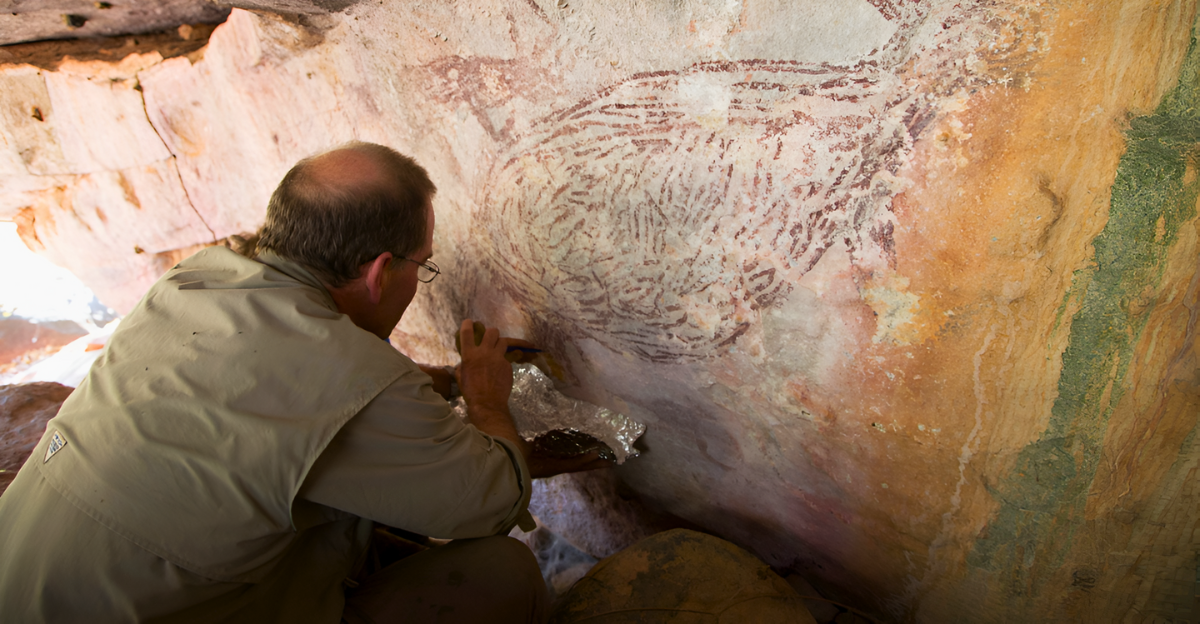
For centuries, history books have painted Native Americans as simple hunters or scattered tribes. But discoveries across the Americas tell a different story, one of ancient cities, vast trade networks, advanced medicine, and even engineered landscapes.
These findings don’t just add details; they overturn assumptions. Let’s take a look at nine native American discoveries that altered our view of the past.
1. The Footprints
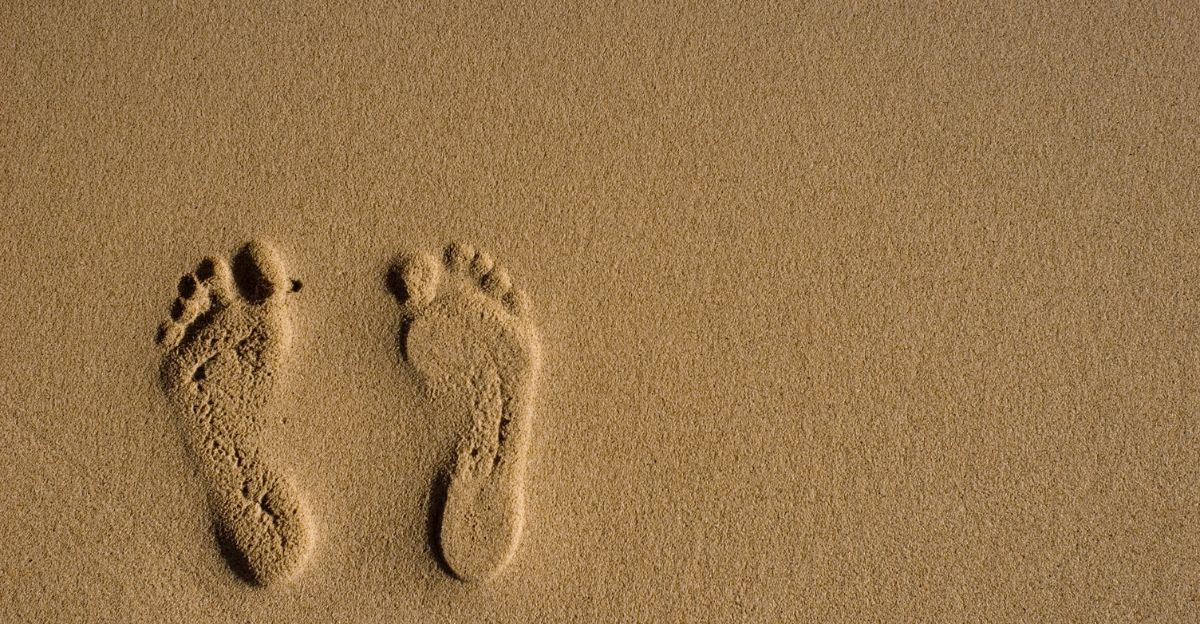
In the white sands of New Mexico, scientists came across a trail of ancient footprints that had been preserved for millennia. At first, they didn’t seem like much, just footsteps across an old lakebed.
But when researchers tested them, the results were shocking: the prints were far older than anyone thought possible, throwing long-held ideas about when humans first arrived into question.
The Seeds
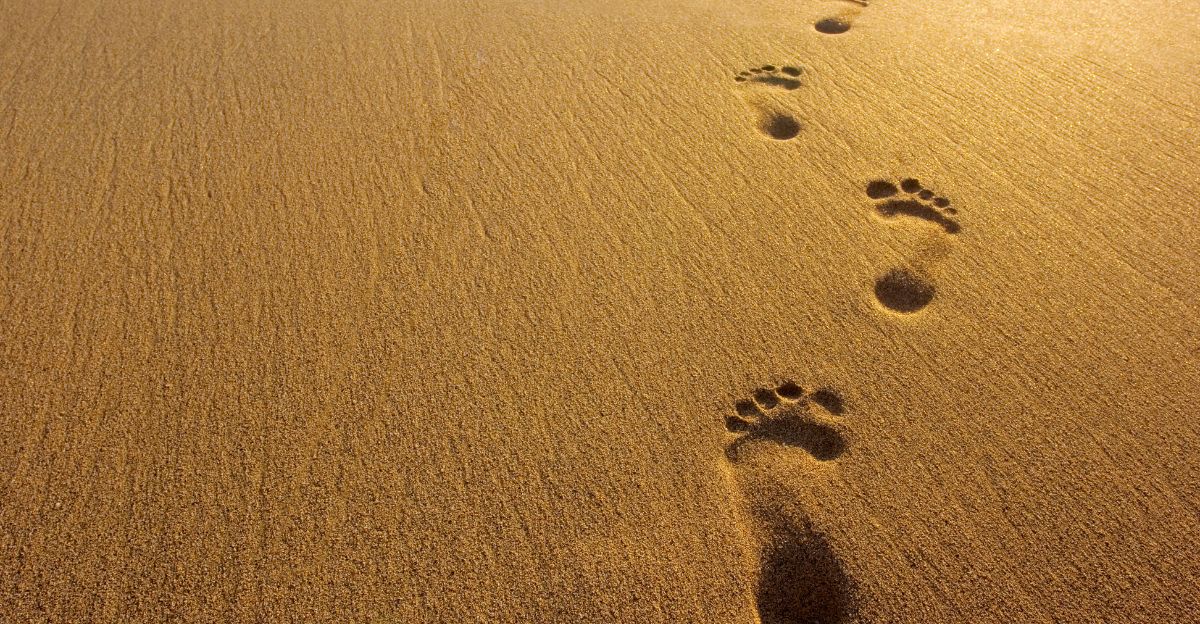
Seeds found in the footprints were carbon dated, showing they were at least 23,000 years old. That’s long before mammoths vanished, or even before Stonehenge was built.
For decades, textbooks taught that people only arrived in the Americas about 13,000 years ago. This find flips that idea on its head, proving that humans were here much earlier than anyone realized.
2. The Truth About Clovis People
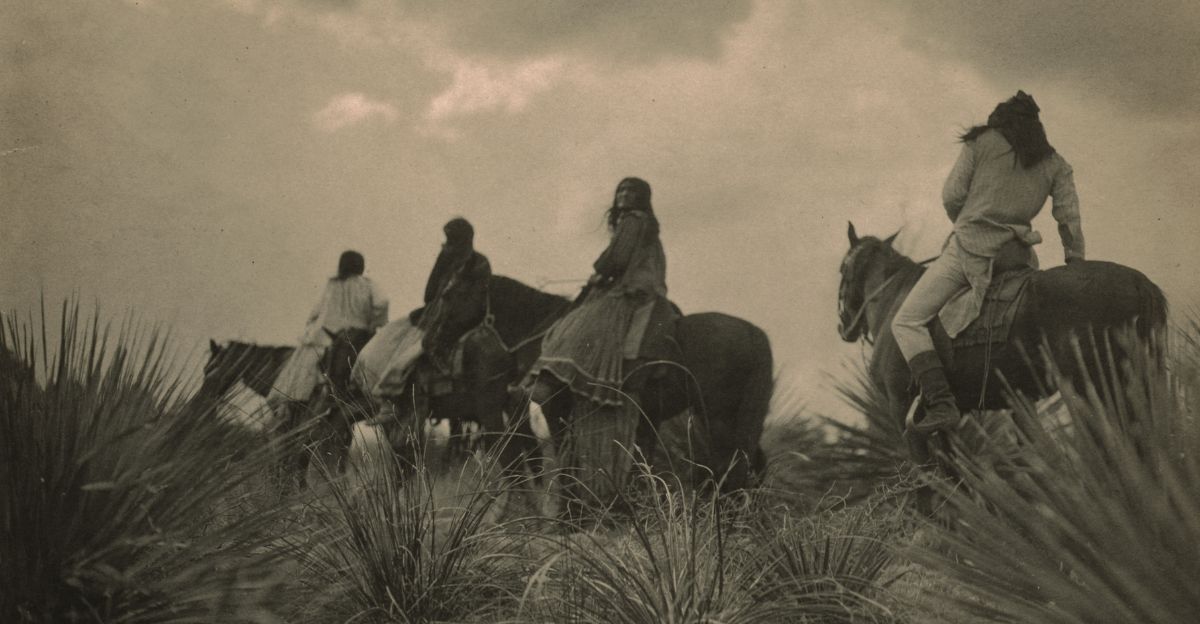
For a long time, archaeologists believed the Clovis people were the very first Americans, known for their unique stone spear points and hunter lifestyle.
It was a neat, simple origin story. But then, evidence started surfacing at sites older than Clovis itself, proving that other people were here first. The theory suddenly began crumbling under new evidence.
America’s First Inhabitants
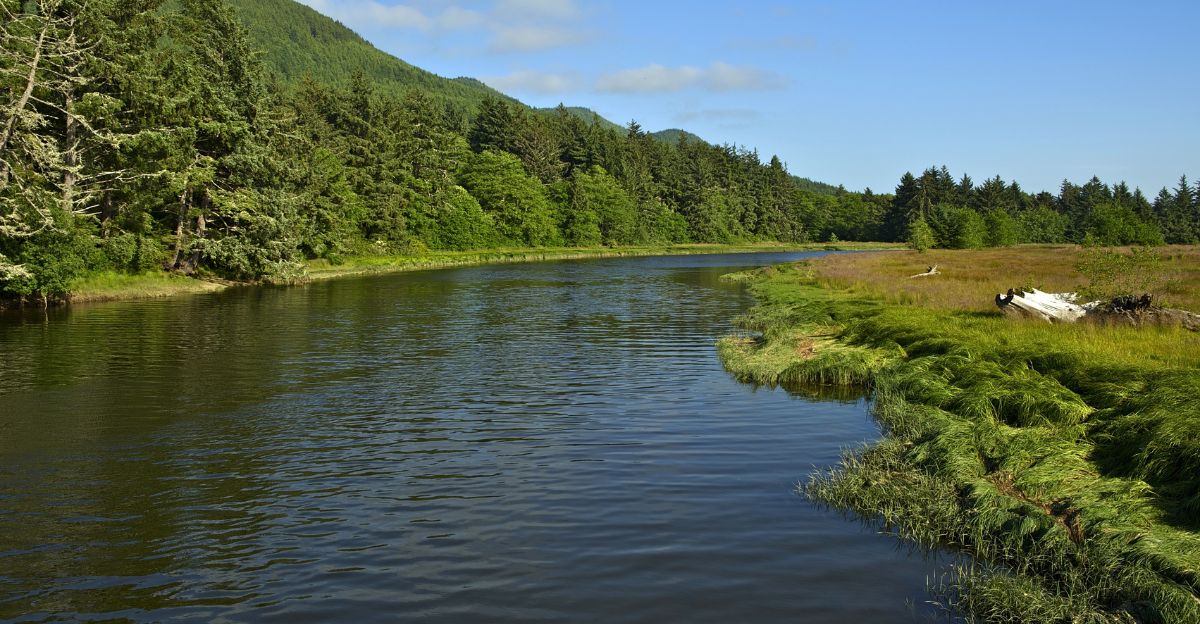
Archaeologists have uncovered tools and campsites in Texas, Oregon, and even South America that are thousands of years older than Clovis sites.
This points to earlier migrations, like maybe groups traveling along the coast by sea. Instead of one culture pushing into untouched land, it looks like many different peoples arrived and spread out, making the story of America’s first inhabitants far more diverse and fascinating.
3. Cahokia
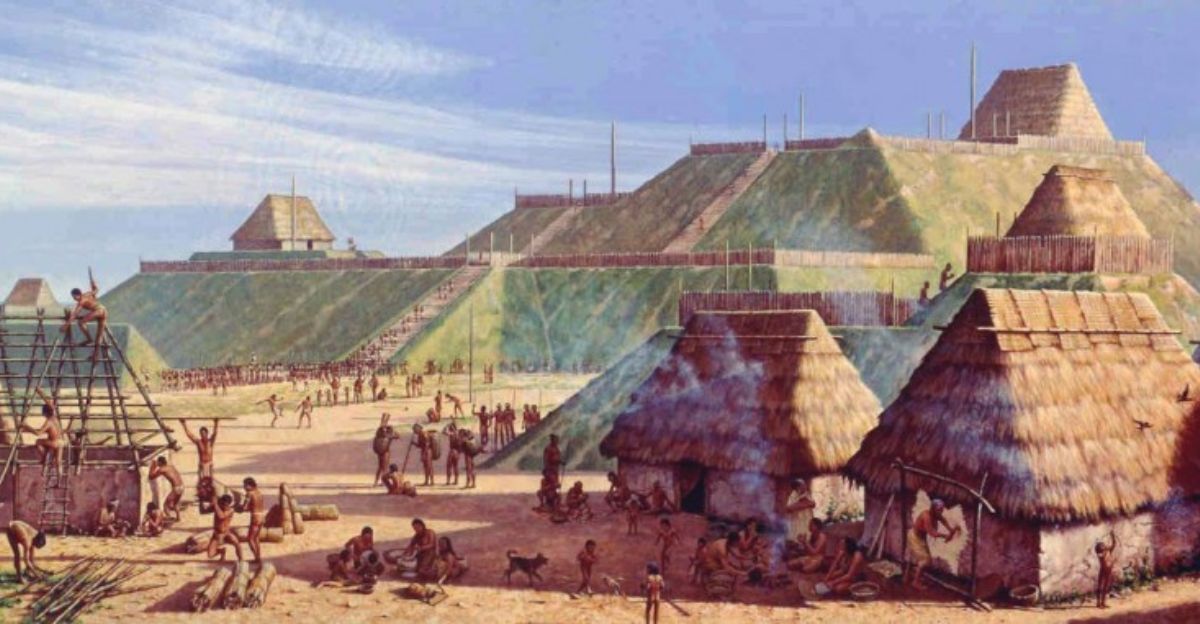
Just outside what’s now St. Louis once stood Cahokia, a huge Native city that thrived around 1250 AD. Most people have never heard of it, but it was bigger than many European capitals at the time.
Cahokia was a huge metropolis with plazas, massive earthen mounds, and lively markets full of trade and activity.
Tens of Thousands
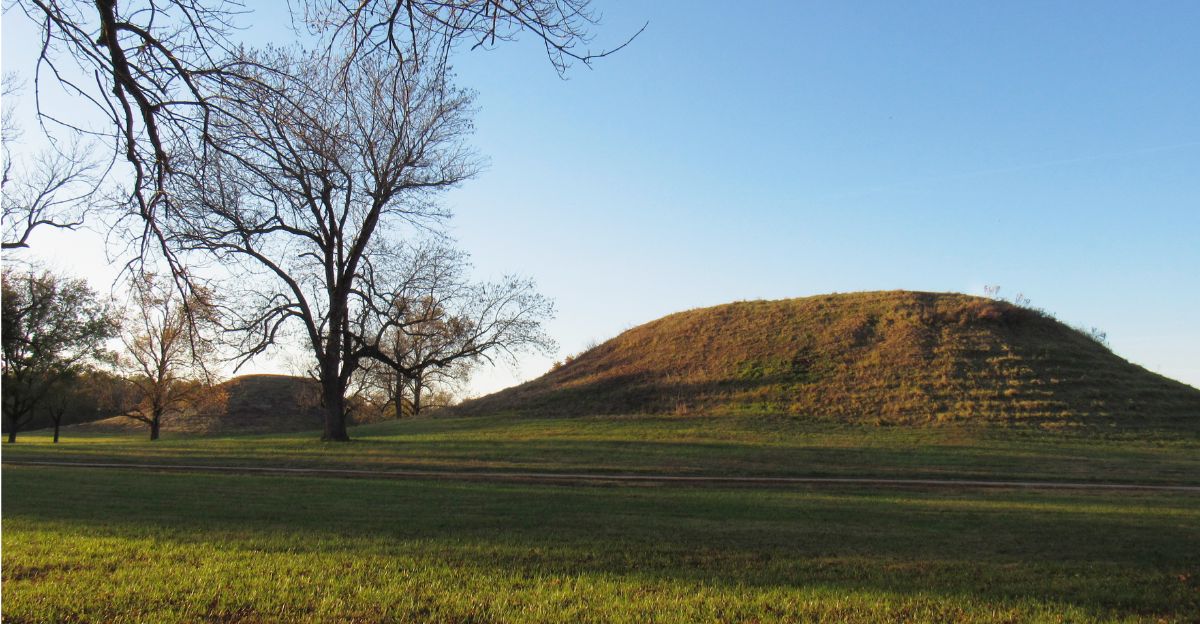
Cahokia was home to tens of thousands of people, making it one of the largest cities of its time. Its biggest structure, Monk’s Mound, still stands today, with a base even larger than the Great Pyramid of Egypt.
Advanced farming, astronomy, and engineering fueled its growth, but the city eventually collapsed, leaving unanswered questions. Cahokia proves North America’s past was anything but simple or nomadic.
4. The Great Serpent Mound
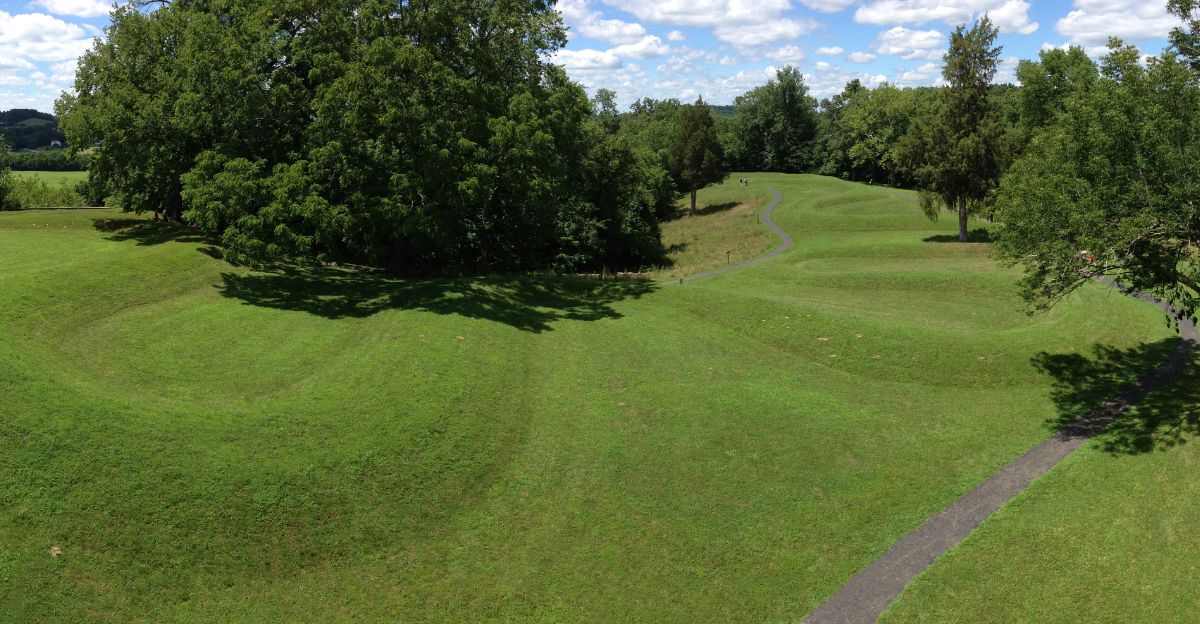
In Ohio, the Great Serpent Mound stretches across nearly 1,300 feet of land, shaped like a massive snake with its mouth open.
Early visitors thought it was simply art or decoration, but research showed otherwise. Its curves line up with solar and lunar events, revealing it as much more, like a powerful blend of spirituality, astronomy, and influence carved into the earth.
Its Precision
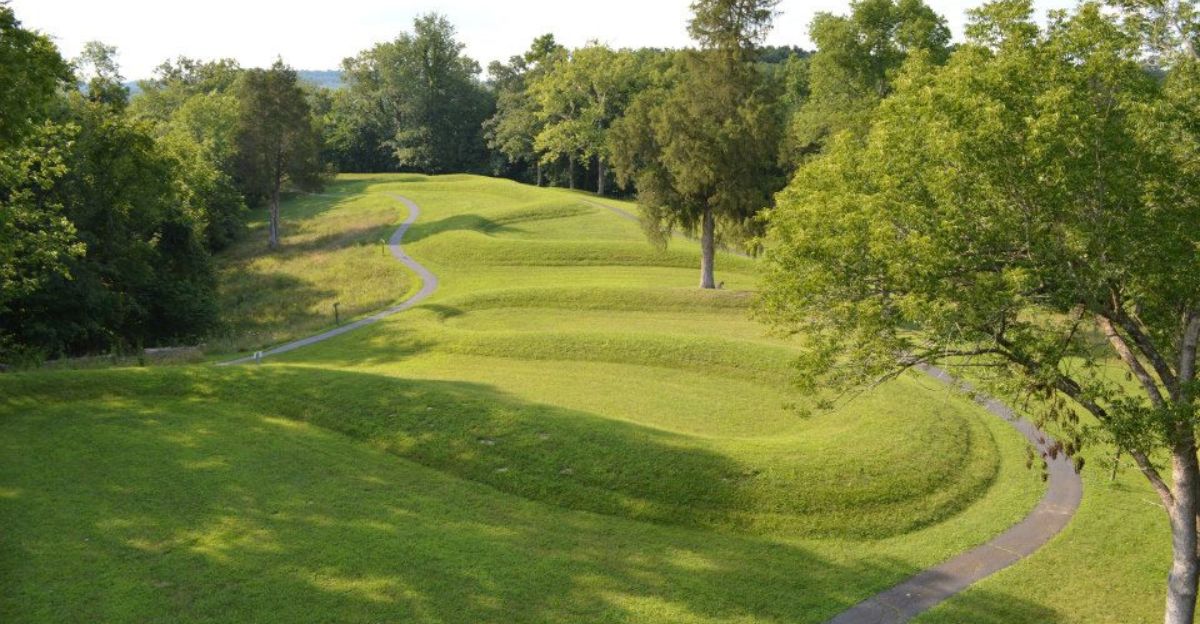
What’s most striking about the Serpent Mound is its precision. The curves align perfectly with solstices and equinoxes, serving as a sacred site and a scientific tool.
Long before telescopes, Native societies were charting the skies directly into the earth.
5. Polynesians and Native Americans
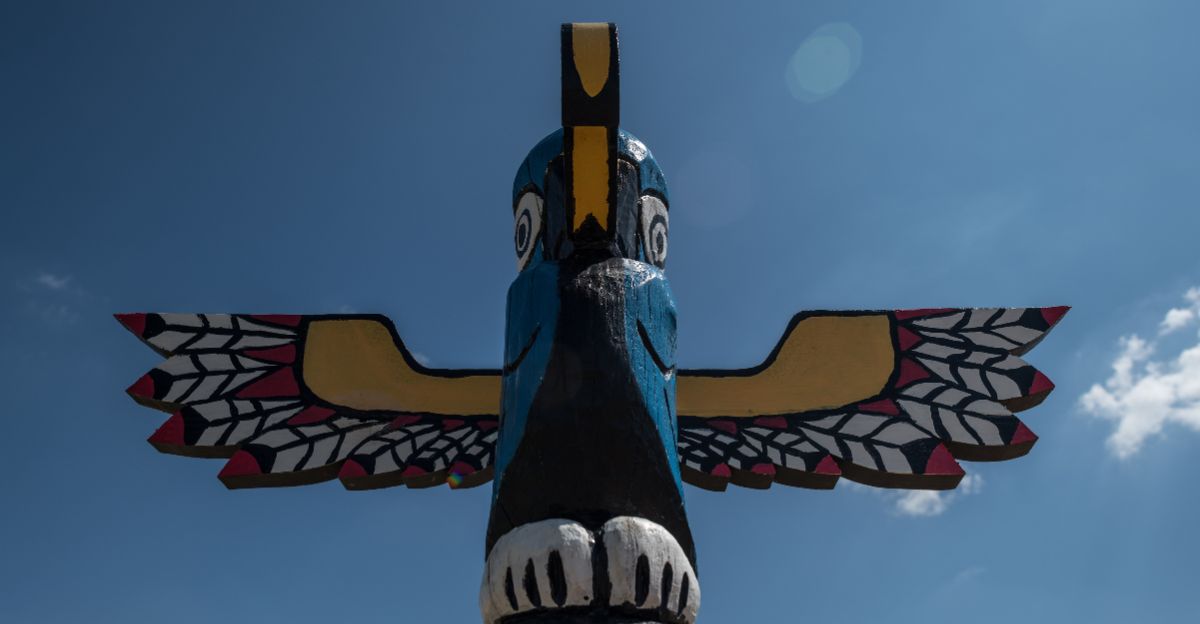
Could Polynesians and Native Americans have met long before Columbus? It once seemed like a legend, but genetic research suggests otherwise.
Certain Indigenous South American and Polynesian populations share DNA markers, hinting that these distant groups might have crossed oceans and exchanged ideas centuries ago.
Genetic Fingerprints
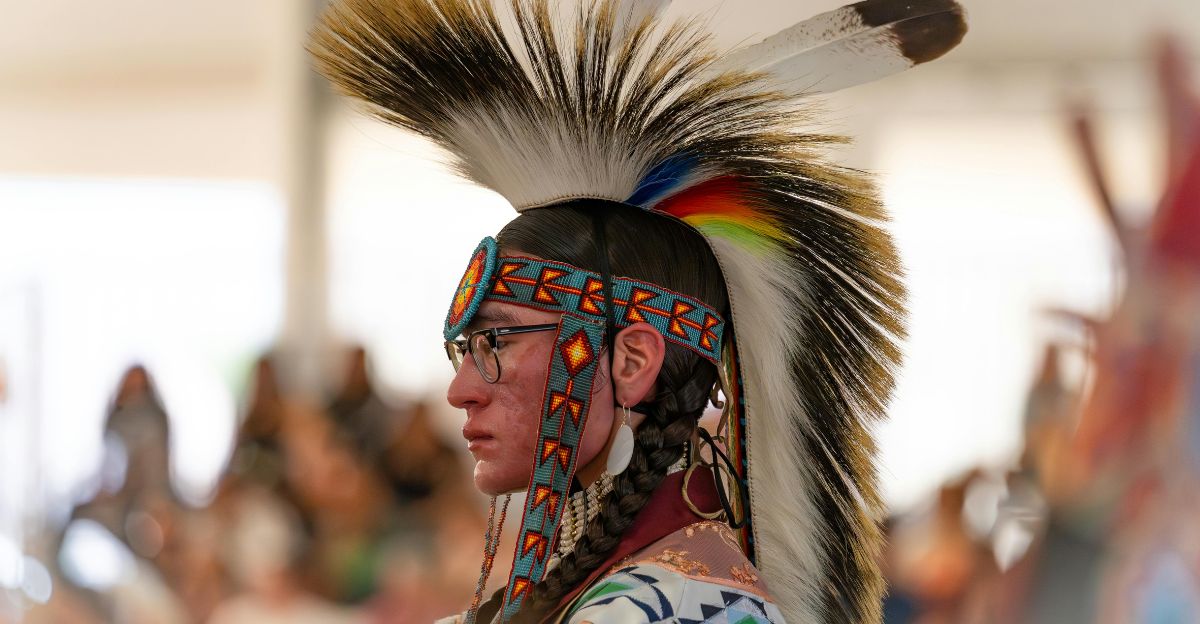
These genetic fingerprints hint that Polynesians could have reached South America, or the other way around, long before Europeans arrived. The fact that sweet potatoes, which are native to South America, were growing across Polynesia centuries ago adds weight to the idea.
Native Americans weren’t isolated; they were part of a wider network of exploration, challenging the old view of separate, disconnected continents.
6. Vast Trade Networks
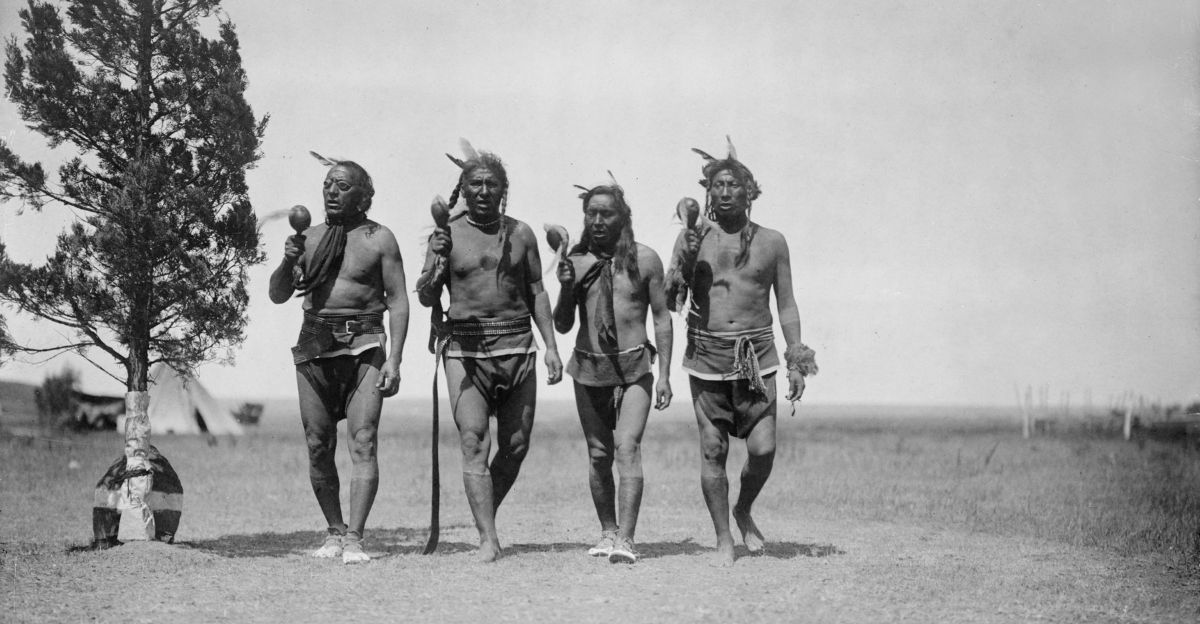
Long before global shipping or national highways, the Hopewell culture created vast trade networks stretching across thousands of miles.
Archaeologists examining burial mounds across the Midwest found treasures from far-off places like obsidian from the Rockies, copper from the Great Lakes, and seashells from the Gulf Coast. North America’s ancient economy wasn’t just local, it spanned the continent.
The Hopewell
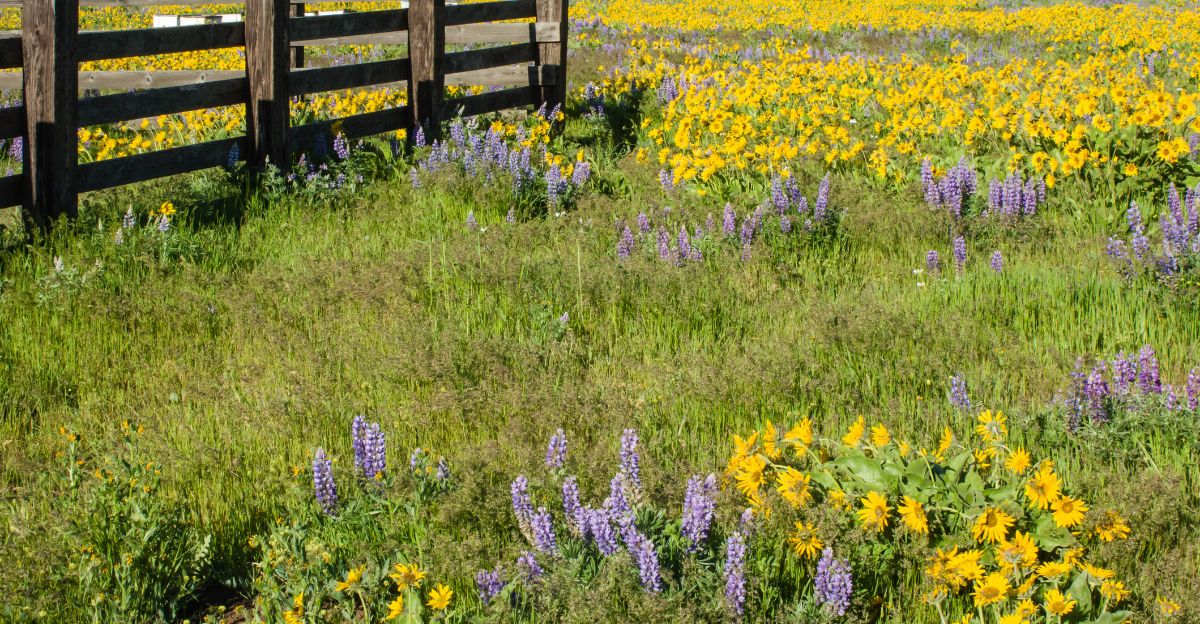
What surprised researchers most was how organized it all was. These items weren’t just collectibles; they were exchanged as part of spiritual, economic, and political networks.
The Hopewell connected cultures that never met in person, showing that Indigenous societies coordinated on a massive scale, moving goods and ideas through complex systems long before modern highways and commerce existed.
7. Kennewick Man
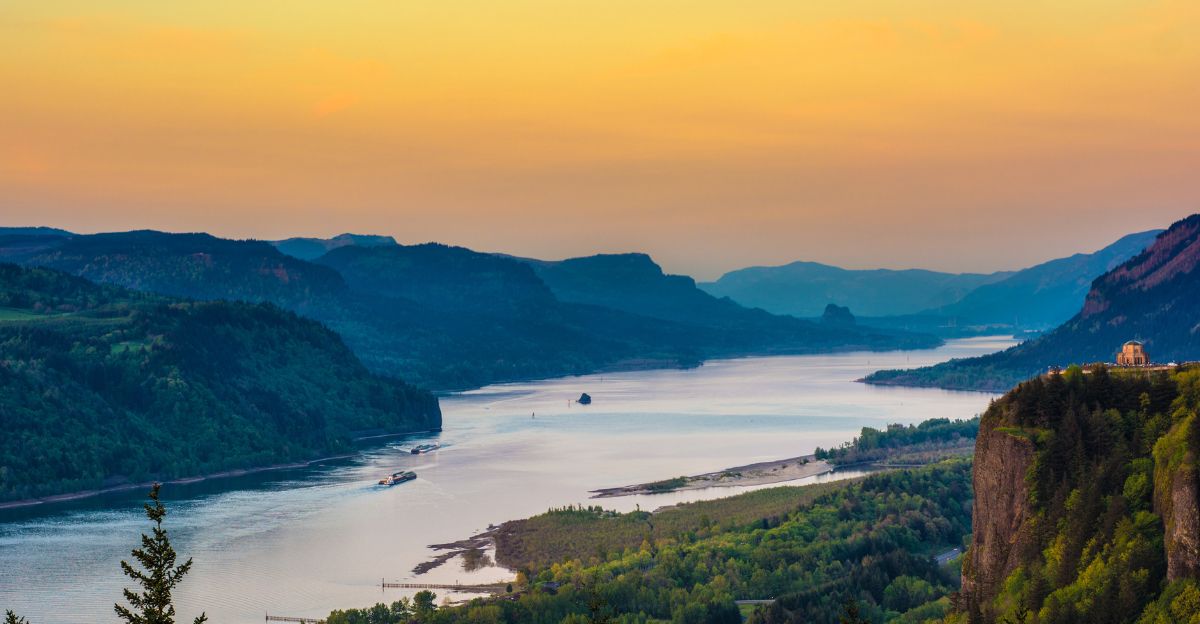
In 1996, two men discovered a skeleton along the Columbia River, which was later named Kennewick Man. At first, scientists thought he looked more European than Native American, which sparked a media frenzy.
The find raised big questions about America’s prehistory and kicked off decades of legal battles, cultural debates, and discussions over who has the right to claim and study ancient remains.
After Years of Debate

After years of debate, DNA finally revealed that Kennewick Man wasn’t an outsider; he was Indigenous, linked to modern Native tribes. The legal battles over his remains changed archaeology, emphasizing that scientific study must respect the rights and traditions of Native communities.
This case reshaped how discoveries are handled, leaving a lasting legacy of cultural respect and reconciliation.
8. Cranial Surgery
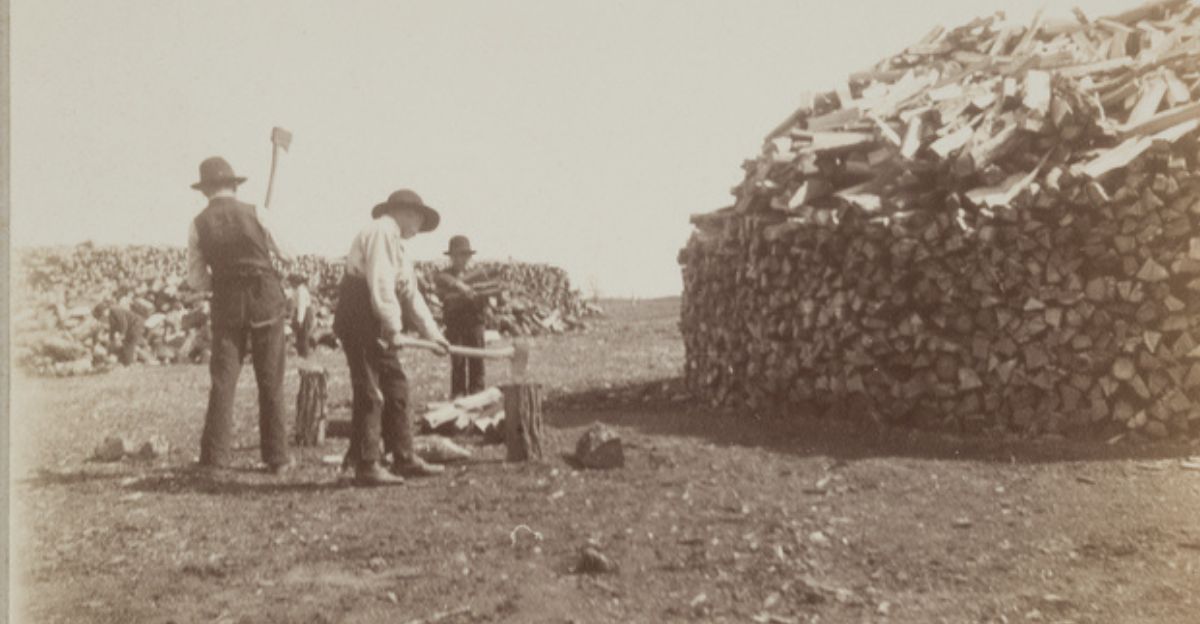
Picture having brain surgery without modern tools, anesthesia, or sterile conditions; it seems impossible. But in the Andes, archaeologists found skulls showing that Native surgeons were performing cranial surgery, or trepanation, thousands of years ago.
They did it with such precision that patients often survived, proving that this wasn’t primitive experimentation but advanced medical expertise well ahead of its time.
Healed Surgical Scars
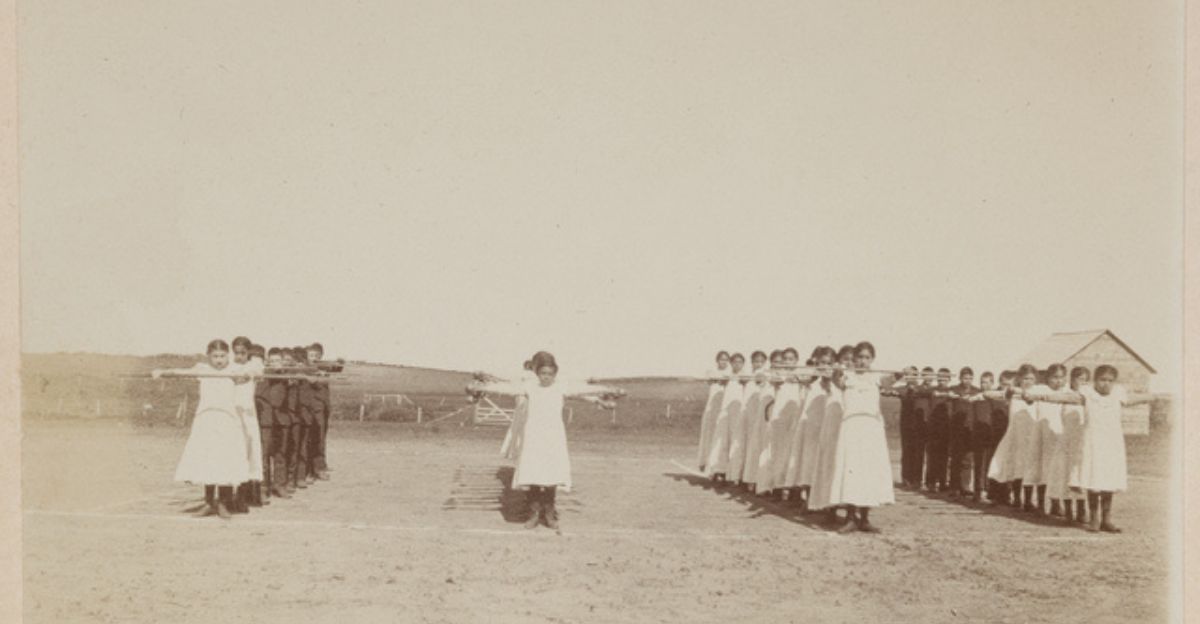
Archaeologists found hundreds of skulls with healed surgical scars, showing that patients survived long after surgery. Remarkably, their survival rates even surpassed those of Civil War surgeons centuries later.
These procedures likely combined herbal medicine, pain relief, and deep anatomical knowledge.
9. The Amazon
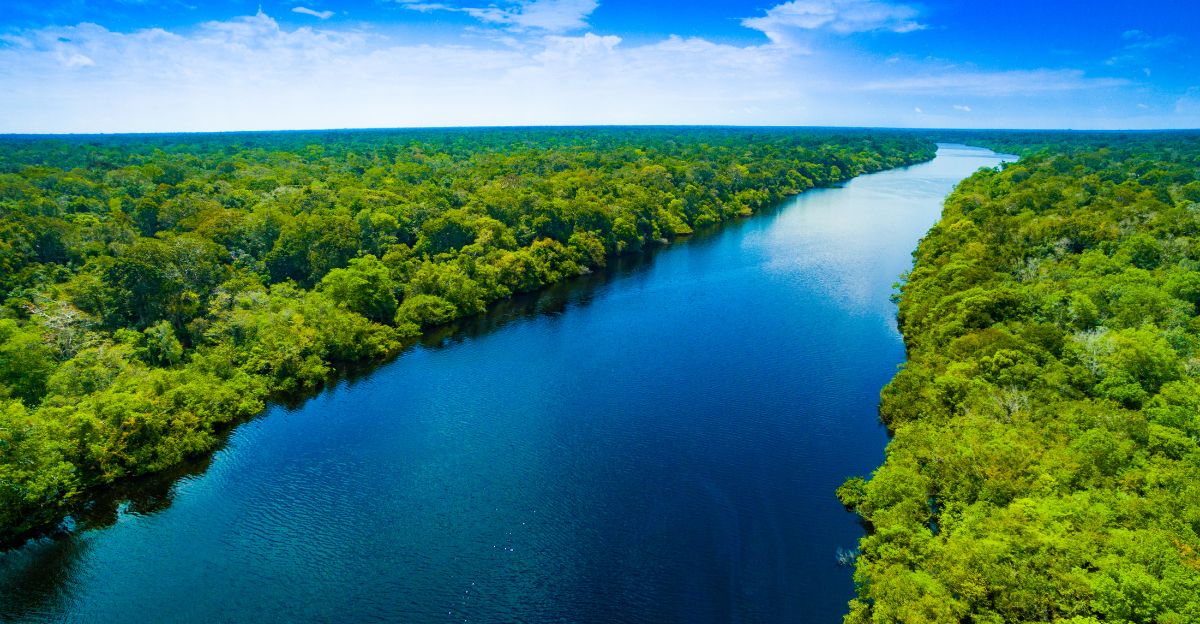
For a long time, explorers called the Amazon pristine, stating that it was untouched by humans. But new research in archaeology and soil science tells a different story.
Much of the forest was shaped by people. Ancient communities engineered the land, cultivated crops, and created a managed landscape. The Amazon isn’t purely wild; it’s a human-designed environment.
Their Legacy
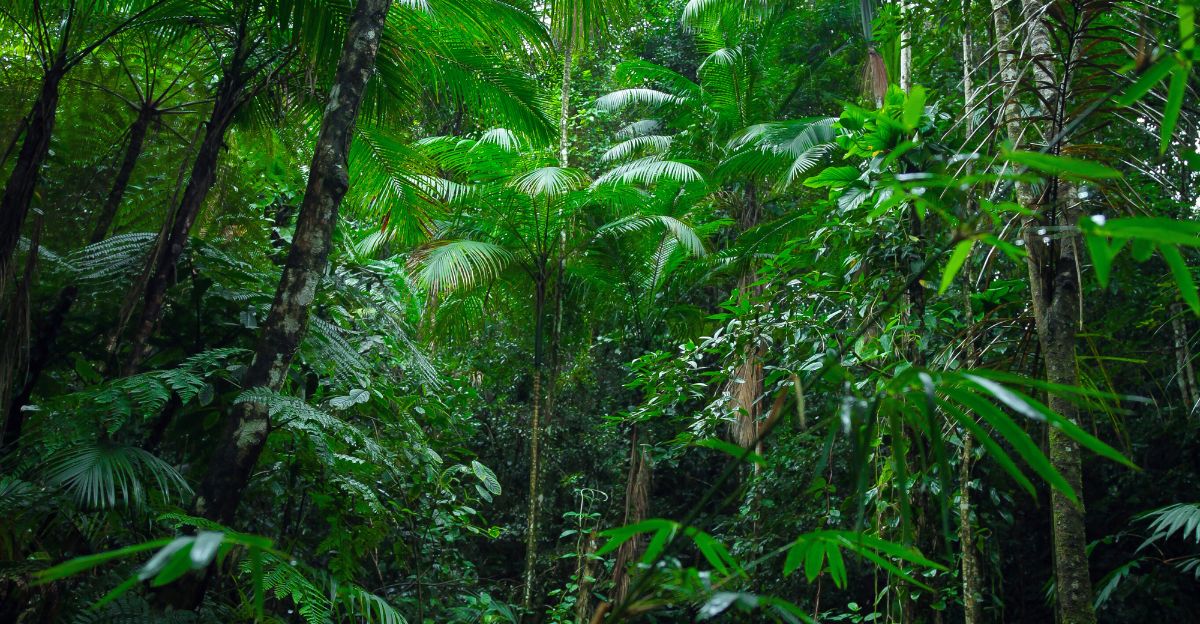
Large populations once thrived in the Amazon, creating nutrient-rich terra preta soils, digging canals, and laying out organized settlement grids.
Their methods allowed farming in a rainforest where traditional agriculture wouldn’t survive. A lot of the Amazon’s rich biodiversity today is their legacy.
Countless Secrets
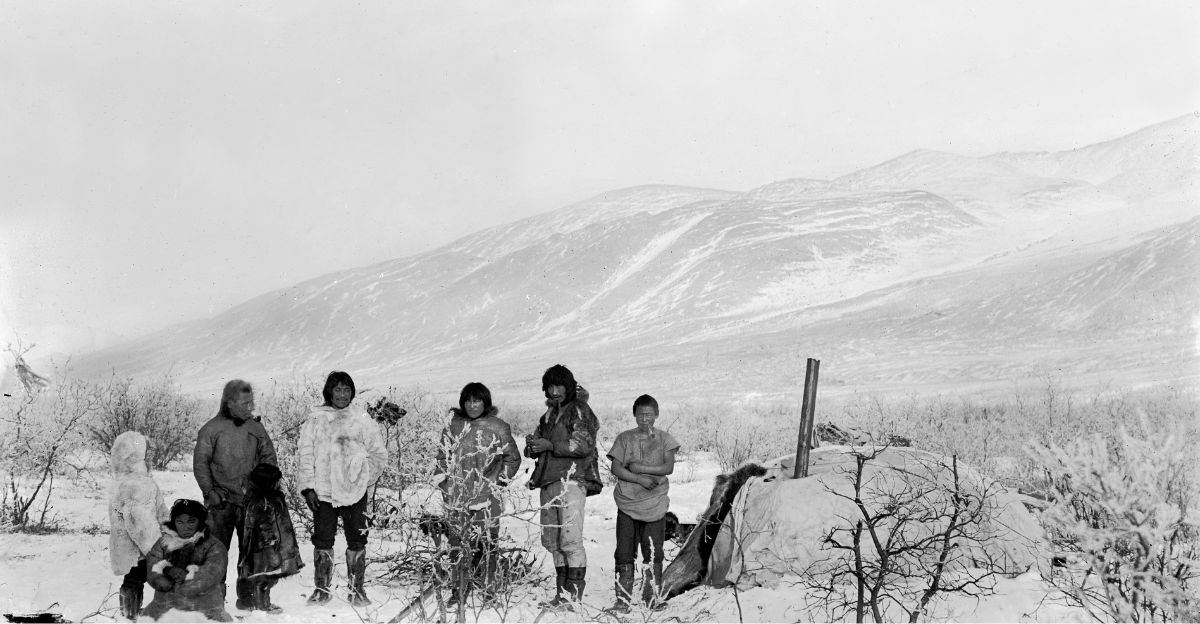
From footprints older than textbooks admit, to cities bigger than London, to evidence that even the rainforest was shaped by humans, Native American discoveries are rewriting history.
They destroy old myths of “primitive” cultures and reveal astonishing complexity. And the biggest takeaway? There are still countless secrets buried in the soil, waiting to challenge everything we think we know.